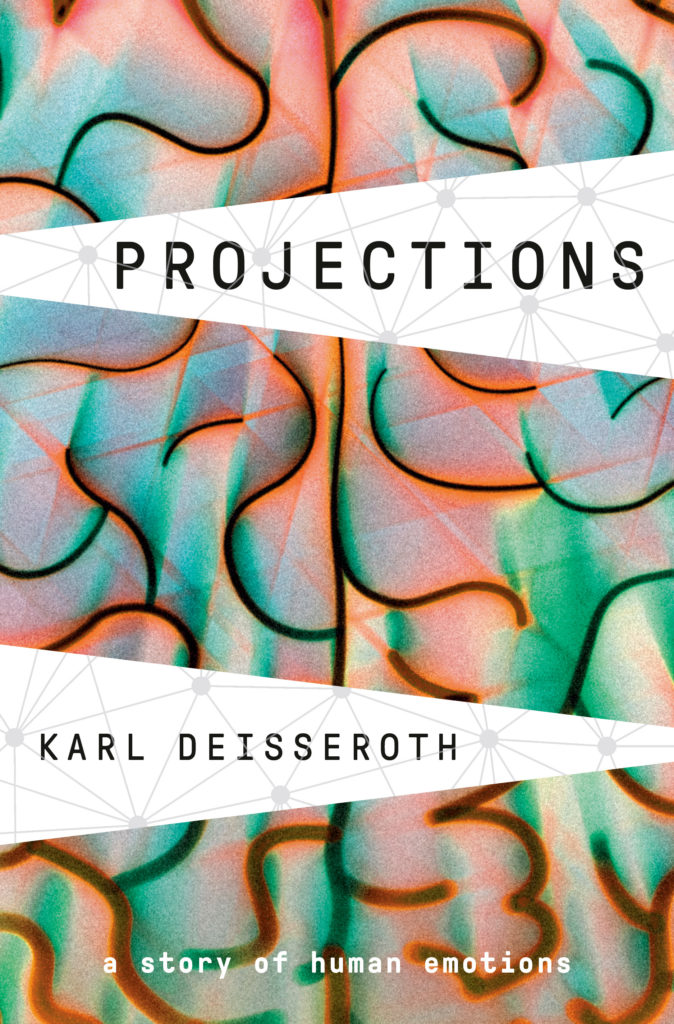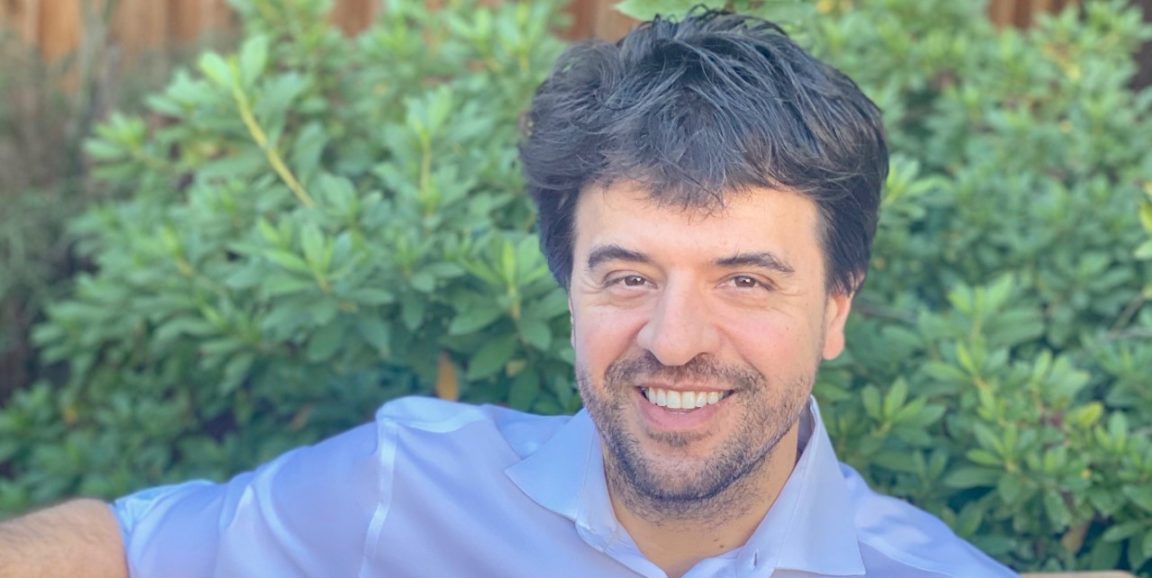Stanford bioengineer and neuroscientist Karl Deisseroth, MD, PhD, is a pioneer in developing game-changing technologies that enable scientists to probe the brain's circuitry in a methodical search for the roots of behavior.
His most notable creation, optogenetics, allows scientists to turn specific nerve cells or circuits in the brain off and on, using pulses of laser light, to see how this affects an animal's behavior. But Deisseroth is more than a scientist. He is also a practicing psychiatrist who, for more than two decades, has attended to patients in his outpatient clinic as well as in emergency situations.
Now, he's written a new book, Projections: A Story of Human Emotions -- and it's not a 'science book.' It's a work of literature, weaving together fictionalized stories, historical imagination, science and personal experience to explore universal themes in human behavior.
Each chapter revolves around stories from the realm of emergency psychiatry where, Deisseroth said, he finds the human mind to be at its most revealing. Though told as stories of individual people, he explores our shared experiences of geopolitical upheaval in the modern world, in the experiences of our ancestors over millennia, and in listening to minds altered by common brain disorders.
Deisseroth recently described to me how such a book came about and what he hoped he would achieve by writing it. This Q&A has been condensed and edited.
How can a literary work like this convey truth about the causes, manifestations and potential pathways for treatment of neuropsychiatric disorders in a way that a scientific review or textbook can't?
A major theme of the book is that a single perspective alone is not enough for full understanding. These are stories that take shape at the extremes of human emotion -- in moments when the physical nature of feelings, which usually remain hidden within each of us, might be revealed. Here, glimpses into our hidden inner worlds involve intertwining imagination, literature, science, medicine and threads of human history.

When did you decide to write this book?
My scientific work on optogenetics in the laboratory, beginning in 2004, unexpectedly provided a pathway for exploring the deep mysteries of our natural or altered inner states, alongside insights from my emergency psychiatry practice. But I wrote one chapter -- "First Break" -- when I was a resident in psychiatry, still in training about 20 years ago, right after 9/11. Some of the other stories relate to major geopolitical events along the way, up to and including the coronavirus pandemic.
How did you manage to accomplish this while simultaneously doing research and seeing patients in the clinic? (Did you pay a price for that choice?)
Creating the book required a reawakening of my first and greatest passions -- telling stories with imaginative narrative styling and a love of the written word. Writing the final form of the book took about five years, 2015-2020. I had no time off from work! I wrote into the wee hours after getting the kids to sleep, often next to my wife [Stanford Medicine associate professor of neurology Michelle Monje, MD, PhD] working on her laptop. Then I would get up early to make breakfasts and lunches, and take the kids to school.
How does optogenetics help scientists zero in on the brain circuits that have evolved to control, initiate or counter these behaviors?
Some of the most exciting modern developments in optogenetics are whole-brain studies at single-cell resolution. This is achieved by optogenetically manipulating a circuit or a single nerve cell while monitoring the resulting neural activity locally or throughout the entire brain with advanced recording techniques.
This allows us to move toward a real-time understanding of the brain at the level of its fundamental parts -- groups of individually identified brain cells operating during complex feelings, thoughts and actions -- without losing the big-picture perspective of the whole brain, the whole organism and the whole environment.
Photo by Michelle Monje, MD, PhD




